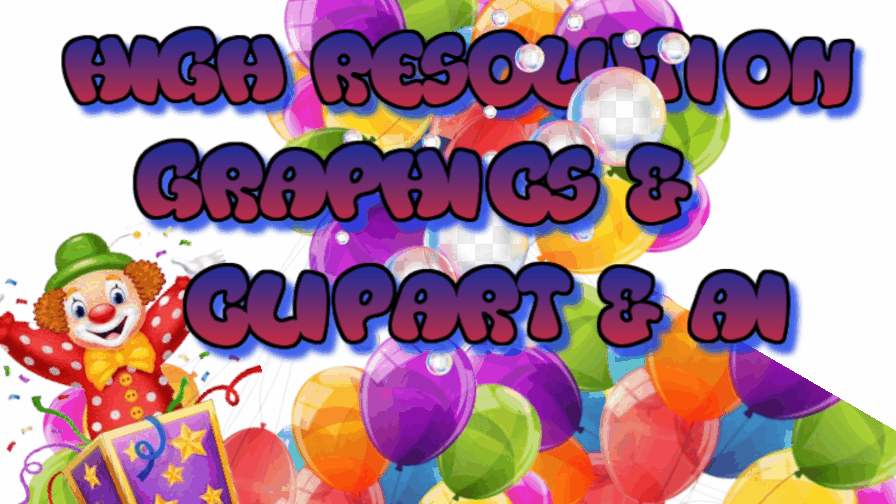Click
Posed ai modeling generator how too use
The term "posed" can have multiple meanings depending on the context. In the context of an AI model generator, "posed" generally refers to how a given problem or task is defined or formulated for the model to solve.
When using an AI model generator, you need to provide it with a specific problem statement or objective. This includes defining the input and output formats, specifying any constraints or limitations, and determining the desired behavior or outcome from the generated models. The way this problem is posed greatly influences the type of models that will be generated and their suitability for solving your particular problem.
For example, if you want to use an AI model generator to create a language translation system, you would pose the problem as follows: "Given a sentence in one language as input, generate its corresponding translation in another language as output." By posing the problem in this manner, you are guiding the AI model generator to produce models that excel at translating text between languages.
Now, when comparing posed with other model generators, it's important to note that different platforms or tools may have varying capabilities and approaches. Some AI model generators focus on specific tasks such as image recognition, natural language processing, or reinforcement learning. Others may offer more general-purpose capabilities where users can define custom problems by posing them appropriately.
The comparison between different AI model generators typically involves evaluating factors such as:
1. Domain-specific vs. General-purpose: Some model generators are designed for specific domains while others offer broader applicability across various fields.
2. Flexibility: How much control do you have over posing different types of problems? Can you define complex objectives and constraints?
3. Training data requirements: Different models may require varying amounts of training data to achieve good performance.
4. Performance and accuracy: How well do the generated models perform on your specified task? Are they accurate enough for your needs?
5. Ease of use: How user-friendly is the generator's interface? Can you easily pose your problem and generate models without extensive technical knowledge?
Ultimately, the choice of an AI model generator depends on your specific requirements, available resources, and desired outcomes. It's important to carefully consider how well a generator can accommodate your posed problem and compare it with other options to make an informed decision.
Subscribe to:
Post Comments (Atom)
Click
-
The term "posed" can have multiple meanings depending on the context. In the context of an AI model generator, "posed" g...
-
Perplexity AI is a powerful device for all and sundry looking to improve their internet site or on line presence. This innovative platform m...


No comments:
Post a Comment